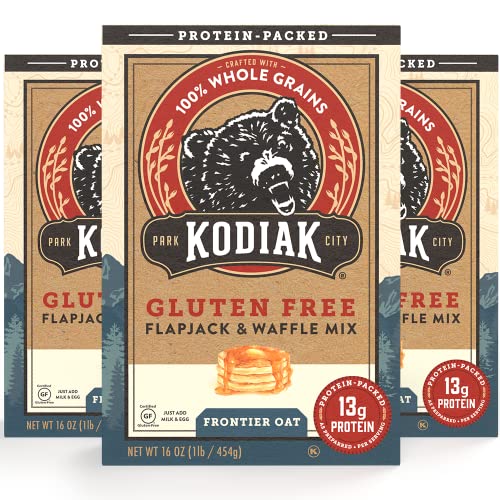The Connection Between Low Back Pain and IBS: A Dual Perspective
Low back pain is an unfortunately common occurrence, afflicting almost 12% of the world’s population at any given time. Irritable bowel syndrome has a similarly high occurrence, with an estimated 11.2% of the world population being affected. Low back pain and IBS interfere with the quality of life in those afflicted and occur commonly. Is there any commonality to their cause or treatment?
The Pain Matrix: Understanding Neural Pathways
Low back pain can be classified as a form of musculoskeletal pain, while IBS is considered a visceral pain. The common feature of both is pain. Pain is a specific branch of signals carried to the brain by specialized nerve cells known as nociceptors. This information is interpreted at several levels in the brain, including our conscious mind. Pain can be good, as it correctly warns us of threats to our bodily integrity (i.e., remove your hand from a hot stove). However, the neural pathways that interpret pain, known as the pain matrix, can become sensitized.
An overly-sensitized pain matrix will amplify the strength of signals received by the nociceptors above an optimal level. By which, I mean one can experience a chronic, conscious sense of discomfort, even though there is no physical threat to the body’s integrity. Both low back pain and IBS can result in part from an overly-sensitized pain matrix.
The best strategy for dealing with IBS and low back pain is a two-pronged approach to reducing pain. Following this strategy, one addresses both the 1) peripheral cause and 2) the central interpretation of the pain signal.
Peripheral Causes: Addressing Local Nociceptor Stimulation
The peripheral approach reduces the stimulation of the local nociceptors, innervating the region where discomfort is experienced. For low back pain management, exercises to increase hip mobility and strengthen the core muscles, particularly the multifidis and the transverse abdominus, have good evidence for decreasing low back pain. One can increase hip mobility by practicing static stretches targeting the hamstrings, hip flexors, piriformis, and IT band for four sets of 10-30s per stretch, at least twice weekly. For more information on the importance of core strength for digestive health, please read this article for exercise tips and suggestions.
Much of the content at Foodguides.com is devoted to the peripheral approach to IBS. This strategy involves consuming a Low FODMAP diet and medications to control IBS symptoms. Both of these strategies work in part by reducing the stimulation of nociceptors in the gut.
Mind Over Matter: Central Interpretation and Mindfulness
But what about the central interpretation? For IBS treatment, mindfulness exercises such as meditation and hypnotherapy have shown substantial promise for alleviating symptoms. I can offer further insight into how hypnosis can provide relief for IBS symptoms in this article.
And for low back pain? It might not surprise you that good research also supports the use of mindfulness exercises for reducing low back pain symptoms! A 2016 clinical trial found almost half (43%) of low back pain sufferers experienced a clinically significant reduction in symptoms following once-a-week mindfulness training for a period of 8 weeks.
A Holistic Strategy: Two-Pronged Approach for Optimum Relief
So, for optimum symptom relief for both low back pain and IBS, I recommend a two-pronged strategy of treatment. Address the peripheral issue with diet and medication (IBS) or exercises (low back pain). Simultaneously, address the central issue with mindfulness exercises. Good luck, and be well.
- Arendt-Nielsen, L., Morlion, B., Perrot, S., Dahan, A., Dickenson, A., Kress, H. G., Wells, C., Bouhassira, D., & Drewes, A. M. (2018). Assessment and manifestation of central sensitisation across different chronic pain conditions. European journal of pain (London, England), 22(2), 216–241.
- Cherkin, D. C., Sherman, K. J., Balderson, B. H., Cook, A. J., Anderson, M. L., Hawkes, R. J., Hansen, K. E., & Turner, J. A. (2016). Effect of Mindfulness-Based Stress Reduction vs Cognitive Behavioral Therapy or Usual Care on Back Pain and Functional Limitations in Adults With Chronic Low Back Pain: A Randomized Clinical Trial. JAMA, 315(12), 1240–1249.
- Hoy, D., Bain, C., Williams, G., March, L., Brooks, P., Blyth, F., Woolf, A., Vos, T., & Buchbinder, R. (2012). A systematic review of the global prevalence of low back pain. Arthritis and rheumatism, 64(6), 2028–2037.
- Lacy, B. E., Pimentel, M., Brenner, D. M., Chey, W. D., Keefer, L. A., Long, M. D., & Moshiree, B. (2021). ACG Clinical Guideline: Management of Irritable Bowel Syndrome. The American journal of gastroenterology, 116(1), 17–44.
- Lovell, R. M., & Ford, A. C. (2012). Global prevalence of and risk factors for irritable bowel syndrome: a meta-analysis. Clinical gastroenterology and hepatology: the official clinical practice journal of the American Gastroenterological Association, 10(7), 712–721.e4. https://doi.org/10.1016/j.cgh.2012.02.029
- Moreno-Ligero, M., Moral-Munoz, J. A., Salazar, A., & Failde, I. (2023). mHealth Intervention for Improving Pain, Quality of Life, and Functional Disability in Patients With Chronic Pain: Systematic Review. JMIR mHealth and uHealth, 11, e40844.
- Shah, K., Ramos-Garcia, M., Bhavsar, J., & Lehrer, P. (2020). Mind-body treatments of irritable bowel syndrome symptoms: An updated meta-analysis. Behaviour research and therapy, 128, 103462.




















Comments
Join The Conversation...